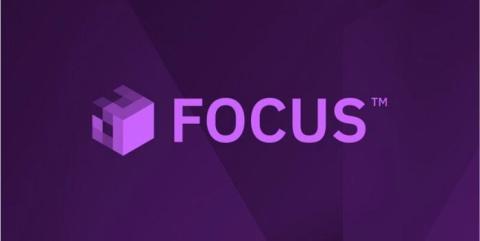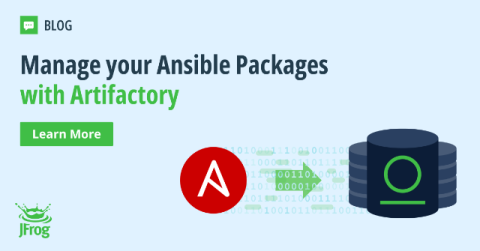RapidSpike Awarded Innovate UK Smart Grant for AI Website Monitoring Platform
RapidSpike, an industry leader in Synthetic User Journey website monitoring, is proud to announce that it has been awarded the highly esteemed Innovate UK Smart grant. Innovate UK, part of UK Research and Innovation, has allocated up to £25 million to support groundbreaking innovations with exceptional potential for commercial success. RapidSpike’s plans for its AI website monitoring platform has been recognised as a responsible and standout project in this regard.











